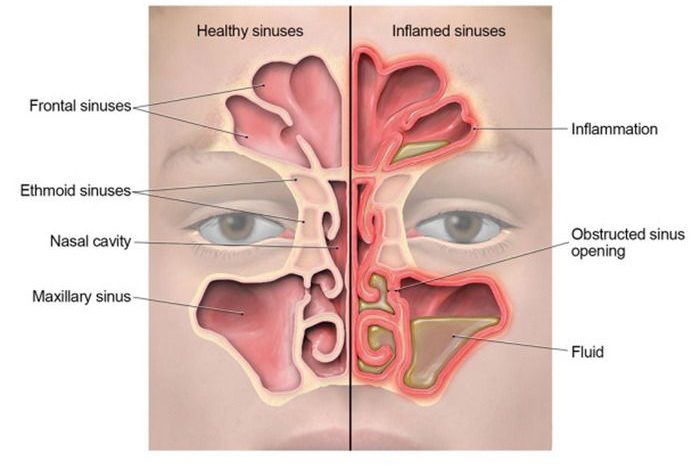

Child Health
Dr Shan Narayanan
WHAT ARE PARANASAL SINUSES?
Paranasal sinuses are made up of ethmoid, maxillary, sphenoid and frontal sinuses. These are hollow cavities found in the skull lined with mucous membrane. All babies have ethmoid and maxillary sinuses. Frontal and sphenoidal sinuses develop as the child gets older. They help to decrease the weight of the skull, improve our voices, and their main function is to produce mucus that moisturises the inside of the nose. This mucus layer protects the nose from pollutants, micro-organisms, dust and dirt.


WHAT IS SINUSITIS?
Sinusitis happens when one or more of the paranasal sinuses are inflamed or infected. Sinusitis usually occurs after a cold, upper respiratory tract infection or allergic inflammation.
WHAT CAUSES SINUSITIS?
The Upper Respiratory Tract Infection causes inflammation of the nasal passages that can block the opening of the paranasal sinuses, and result in a sinus infection. Allergies can also lead to sinusitis because of the swelling of the nasal tissue and increased production of mucus. There are other possible conditions that can block the normal flow of secretions out of the sinuses and can lead to sinusitis including the following: enlarged adenoids and abnormality in the structure of the nose.
When the flow of secretions from the sinuses is blocked, bacteria may begin to grow. This leads to a sinus infection, or sinusitis. The most common bacteria that cause sinusitis include the following Streptococcus pneumonia, Haemophilus influenzae and Moraxella catarrhalis.
WHAT ARE THE SIGNS AND SYMPTOMS OF SINUSITIS?
The symptoms of sinusitis depend greatly on the age of the child. The child less than five years old, have the following symptoms:
Runny nose
- Lasts longer than seven to 10 days
- Discharge is usually thick green or yellow, but can be clear
- Night-time cough
- Swelling around the eyes.
Children older than five years have the above symptoms with the addition of headache, facial discomfort, bad breath and post nasal drip.


HOW IS SINUSITIS DIAGNOSED?
Your doctor will usually be able to diagnose by asking you the symptoms your child is having and examining your child. Additional tests may be required such as sinus X-ray and Computed Tomography (CT Scan) of the paranasal sinuses.
HOW IS SINUSITIS TREATED?
Sinusitis is treated with antibiotics, usually given for 10-14 days, medication for relief of pain and congestion, depending on the symptoms and age of your child.
In very rare situations, where the child does not improve, she is referred to the Ear Nose and Throat surgeon for surgical intervention. The surgeon uses an instrument called an endoscope, to open the natural drainage pathways of the sinuses and makes the narrow passages wider. Thus helping to clear out the secretions and clear the infection. The secretion is sent to the laboratory to determine the organism and the antibiotic is adjusted accordingly.


